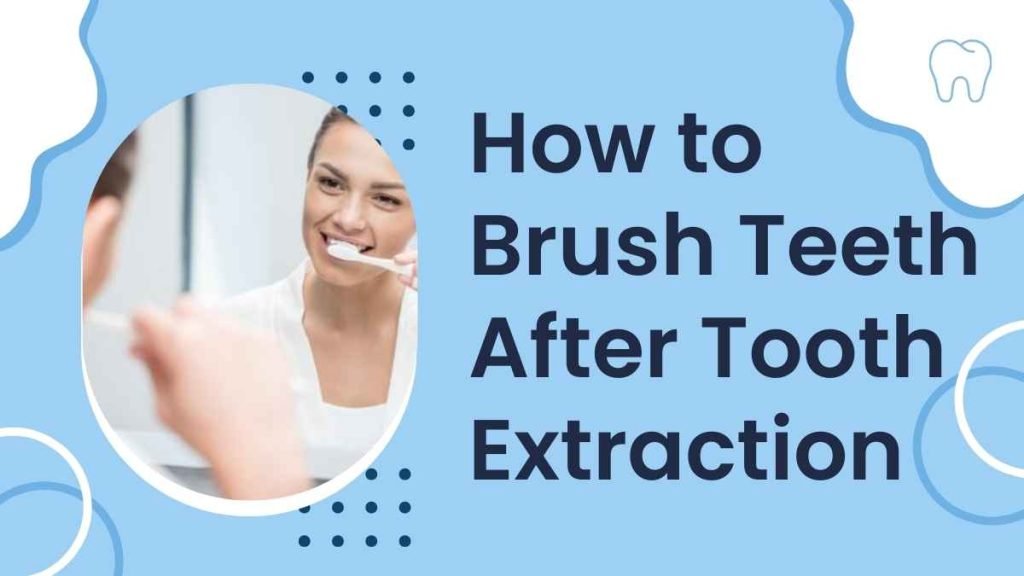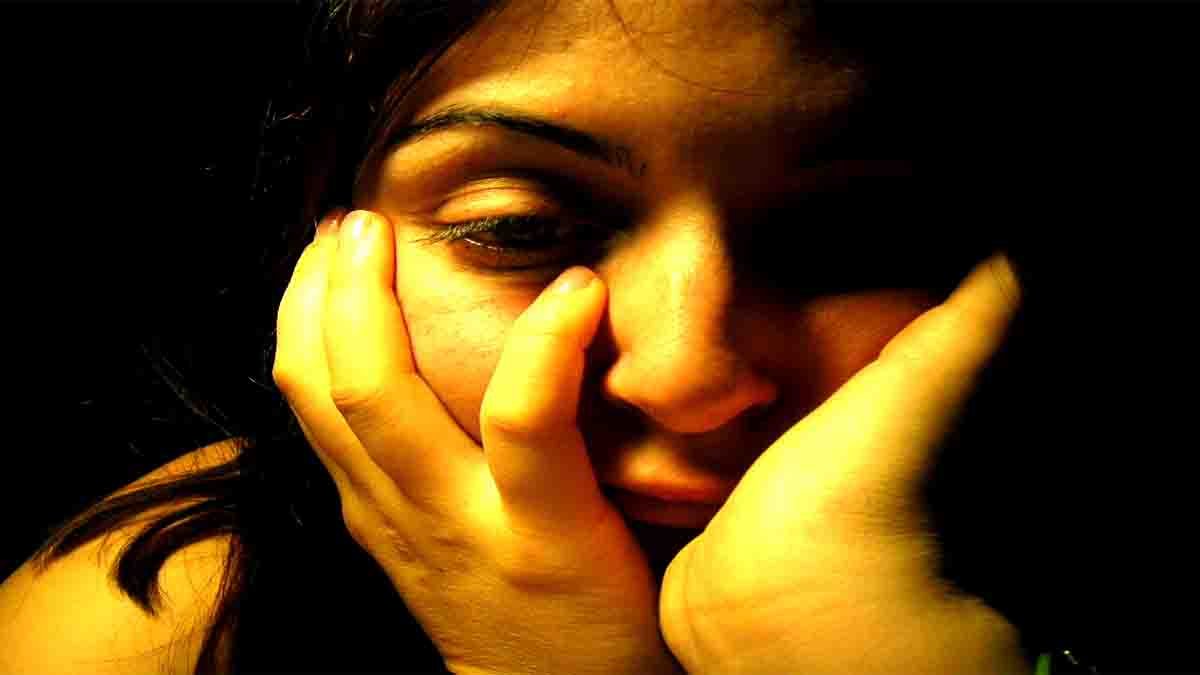How to Brush Teeth After Tooth Extraction! Tooth extraction is a common dental procedure that many people undergo for various reasons, such as severe decay, gum disease, or overcrowding. However, after the extraction, it’s crucial to adopt proper oral hygiene practices to ensure a smooth and speedy recovery. In this comprehensive guide, we will explore How to Brush Teeth After Tooth Extraction. Here we will delve into the intricacies of tooth extraction, the step-by-step process of brushing teeth post-extraction, the necessity of tooth extraction, its benefits, common mistakes to avoid, helpful tips and tricks, intriguing facts, and conclude with valuable insights for maintaining oral health.
Table of Contents
What is Tooth Extraction?
Tooth extraction, also known as exodontia, is the removal of a tooth from its socket in the jawbone. Dentists typically recommend extraction when a tooth is damaged beyond repair due to decay or trauma. The procedure is performed under local or general anesthesia, ensuring minimal discomfort for the patient.
How to Brush Teeth After Tooth Extraction: A Step-by-Step Guide
Here you can check the step-by-step guide about How to Brush Teeth After Tooth Extraction:
Total Time: 10 minutes
Wait for the Right Time
After extraction, it’s essential to wait for at least 24 hours before attempting to brush your teeth. This allows the initial clot to form, promoting the healing process.
Use a Gentle Toothbrush
Choose a soft-bristled toothbrush to avoid irritating the extraction site. Hard bristles can cause bleeding and discomfort.
Rinse Your Mouth
Prior to brushing, rinse your mouth gently with warm salt water. This helps in reducing swelling and keeping the area clean.
Brush Carefully
Brush your teeth gently, avoiding the extraction site. Use slow, circular motions to clean the front, back, and chewing surfaces of your teeth.
Avoid the Extraction Site
Be extremely cautious around the extraction site. Brush your nearby teeth without touching the area where the tooth was removed.
Rinse Again
After brushing, rinse your mouth with warm salt water again to ensure thorough cleansing.
Follow Dentist’s Advice
Your dentist may prescribe a medicated mouthwash or ointment to apply to the extraction site. Follow their instructions meticulously.
Why Tooth Extraction is Necessary
Tooth extraction becomes necessary in several situations:
- Severe Decay: When tooth decay is so extensive that it cannot be repaired with fillings or root canal treatments.
- Gum Disease: Advanced gum disease can loosen teeth, making extraction necessary to prevent the spread of infection.
- Impacted Wisdom Teeth: Wisdom teeth often don’t have enough room to emerge properly, leading to pain and infection.
- Orthodontic Reasons: Sometimes, teeth need to be extracted to create space for orthodontic treatments like braces.

Benefits of Tooth Extraction
- Pain Relief: Extracting a severely painful tooth can provide instant relief from discomfort.
- Prevents Infections: Extraction prevents the spread of infections from severely decayed or infected teeth to other parts of the mouth.
- Improved Oral Health: Removing damaged teeth can significantly improve overall oral health, reducing the risk of further dental issues.
Common Mistakes to Avoid
- Brushing Too Soon: Avoid brushing immediately after extraction. Waiting for 24 hours allows the initial healing process to begin.
- Using a Hard-bristled Brush: Hard brushes can cause bleeding and discomfort. Opt for a soft-bristled brush to avoid irritation.
- Neglecting the Extraction Site: Be mindful of the extraction site. Avoid touching it with your brush to prevent pain and potential infection.
- Skipping Follow-up Appointments: Regular follow-ups with your dentist are crucial to monitor the healing process and address any concerns promptly.
Tips and Tricks for Effective Post-Extraction Oral Care
- Maintain Good Oral Hygiene: Besides gentle brushing, maintain regular oral hygiene practices like flossing and using mouthwash, ensuring the rest of your mouth stays healthy.
- Stay Hydrated: Drink plenty of water to aid the healing process and flush out bacteria from your mouth.
- Avoid Smoking and Alcohol: Smoking and alcohol can interfere with the healing process. It’s best to abstain until you are fully recovered.
- Stick to Soft Foods: Opt for soft, easy-to-chew foods in the days following the extraction. Avoid hard, crunchy, or spicy foods that can irritate the healing area.
- Be Mindful of Pain: If you experience prolonged or severe pain, swelling, or bleeding after extraction, contact your dentist immediately.
Facts About Tooth Extraction
- Ancient Practice: Tooth extraction has been practiced for centuries, with evidence of dental extractions found in ancient civilizations.
- Quick Procedure: Modern tooth extractions are usually quick and relatively painless, thanks to advancements in dental technology and anesthesia.
- Common Dental Procedure: Millions of teeth are extracted every year for various reasons, making it one of the most common dental procedures globally.
- Healing Time: The healing time after a tooth extraction can vary from a few days to a few weeks, depending on the complexity of the extraction and individual healing factors.
Conclusion
In conclusion of How to Brush Teeth After Tooth Extraction, incorporating proper oral hygiene practices after a tooth extraction is essential for a smooth recovery and maintaining overall oral health. By following the step-by-step guide provided here, avoiding common mistakes, and adopting helpful tips and tricks, you can ensure a comfortable healing process. Remember, patience and diligence are key during this period. If you have any concerns or experience unusual symptoms, don’t hesitate to consult your dentist promptly. Here you can checkout that How to Get Stains Off Teeth.
FAQs About How to Brush Teeth After Tooth Extraction
Is tooth extraction painful?
The procedure itself is performed under anesthesia, so you shouldn’t feel any pain. There might be some discomfort during the healing process, but your dentist can prescribe pain relief medication.
How long does it take to recover after a tooth extraction?
Recovery time varies based on the complexity of the extraction and individual healing factors. It can range from a few days to a few weeks.
Can I eat normally after a tooth extraction?
Initially, it’s best to stick to soft foods that don’t require much chewing. As you heal, you can gradually reintroduce normal foods into your diet.
Q4: How can I reduce swelling after a tooth extraction?
A4: Applying an ice pack to the affected area for the first 24 hours can help reduce swelling. Additionally, following your dentist’s post-extraction care instructions can minimize swelling.
When can I resume brushing my teeth normally after extraction?
You can resume brushing your teeth gently, avoiding the extraction site, after 24 hours. Use a soft-bristled brush and be cautious around the healing area.
Is it normal to experience some bleeding after a tooth extraction?
It’s normal to experience some oozing of blood for the first few hours after extraction. If bleeding persists or worsens, contact your dentist immediately.
Can I smoke or drink alcohol after a tooth extraction?
It’s advisable to avoid smoking and alcohol consumption during the healing process as they can


